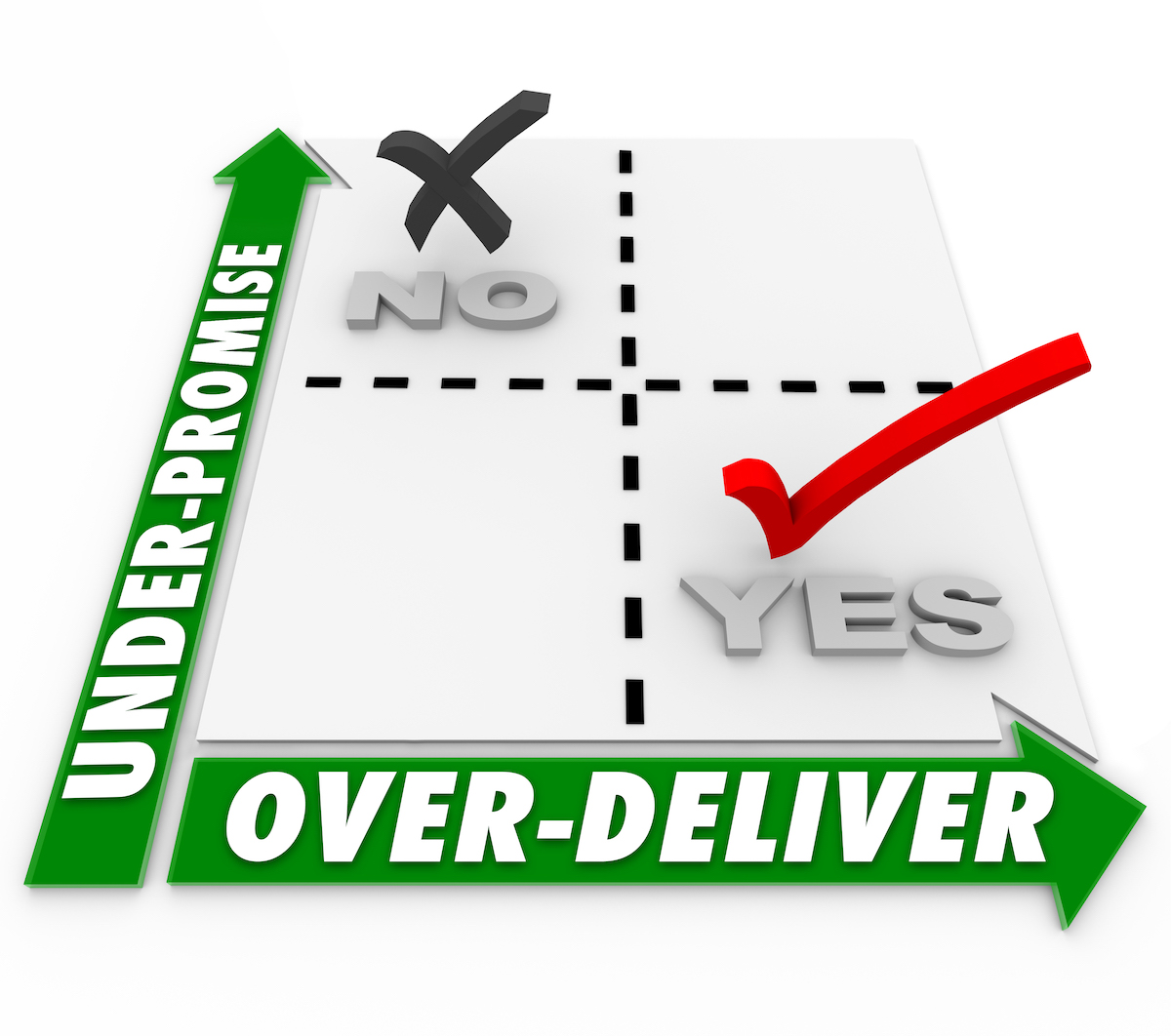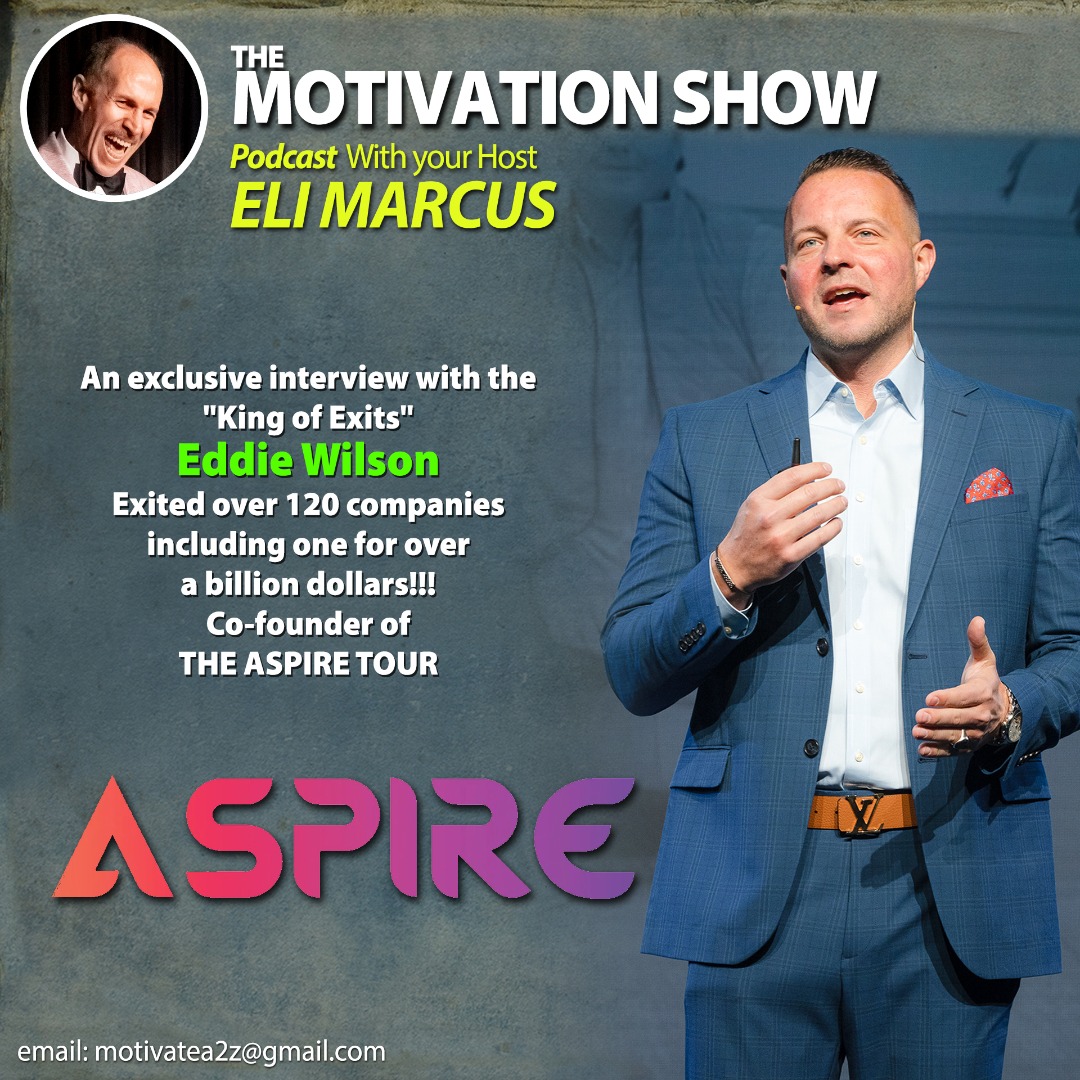
In a world where financial uncertainty looms large, understanding how money works isn’t just wise—it’s essential. You see, our education often teaches us how to earn money, but rarely does it equip us with the knowledge of what to do with it once we’ve earned it. We graduate, secure jobs, and start making money, but then what? Without the right financial know-how, we risk losing our hard-earned wealth to the unpredictability of markets and life’s uncertainties.
Get a FREE Financial Fitness Strategy Session with Kris Miller, LDA and Legacy Wealth Strategist. Sign up now For a FREE Financial Fitness Strategy Session with Kris Miller, LDA and Legacy Wealth Strategist
It’s a scenario many of us face. We entrust our savings to financial planners or investment firms, hoping for growth and security, only to discover that our money is being gambled away in the stock market or mutual funds. This lack of control over our financial future can lead to anxiety and fear, especially when retirement looms and the prospect of running out of money becomes more terrifying than death itself, as highlighted by a recent survey conducted by AARP.
The truth is, if we want to create wealth and financial growth that we will never outlive, we must take charge of our financial destinies. We cannot afford to ignore the importance of understanding how to preserve our principal, maximize our returns, and minimize our taxes—the fundamental pillars of financial security.
Imagine a life where your money is not just earning interest but doing so with depression-proof safety. This dream isn’t out of reach. By learning safe money strategies, such as how to protect your principal in a down market or avoid probate and long-term care costs, you can ensure that your wealth lasts as long as you do.
Let’s break it down. The first step is to preserve your principal. This means safeguarding the wealth you’ve already generated, ensuring that it remains intact and protected against market downturns or unexpected financial crises. It’s about securing your future by building a solid financial foundation.
Next comes maximizing your return. Your money should work for you, not against you. By making smart investment choices aligned with your risk tolerance and age, you can create income streams that will sustain you through retirement and beyond. This is the essence of financial growth—making your money grow steadily and predictably over time.
And let’s not forget minimizing your taxes. Every dollar saved in taxes is a dollar earned towards your financial goals. Understanding tax-efficient strategies can significantly enhance your wealth-building efforts, leaving you with more to invest in your future.
So, how do we achieve this financial nirvana? It starts with education and empowerment. Take the time to learn about money—where to invest, how to protect your assets, and what pitfalls to avoid. Seek out resources and programs that teach safe money strategies and empower you to take control of your financial destiny.
We often hear about the importance of creating wealth, but what does that really mean? It’s about securing your future, ensuring that you have the means to live comfortably and pursue your dreams without financial worry. It’s about building a legacy for your loved ones and leaving a lasting impact on the world.
In conclusion, understanding your money is not just a choice; it’s a necessity. It’s the key to creating wealth, achieving financial growth, and ensuring you have income you will never outlive. Take the initiative today to educate yourself, seek expert guidance, and implement strategies that will secure your financial future by going to The #1 Program For Safe Money Strategies. Your wealth is your life—protect it, nurture it, and watch it grow. The journey to financial empowerment begins with a single step—let that step be towards understanding your money.
Find me on linktr.ee/healthymoneyhappylife
Do you have questions? Email me at Kris@HealthyMoneyHappyLIfe.com
Phone (951) 926-4158




-663a2aef387a4-1200x675.jpg)





-66351c5d14278-1200x675.jpg)